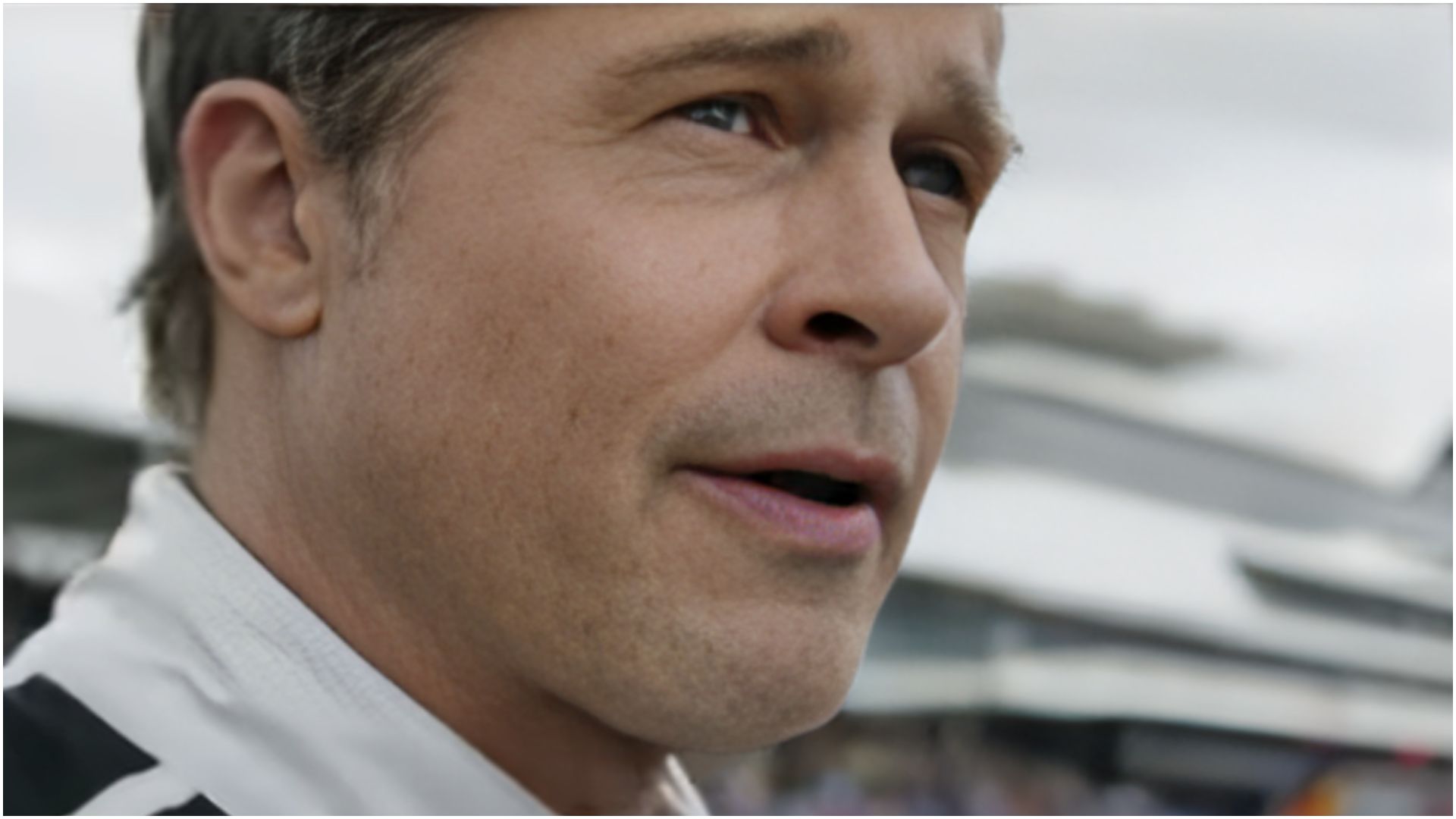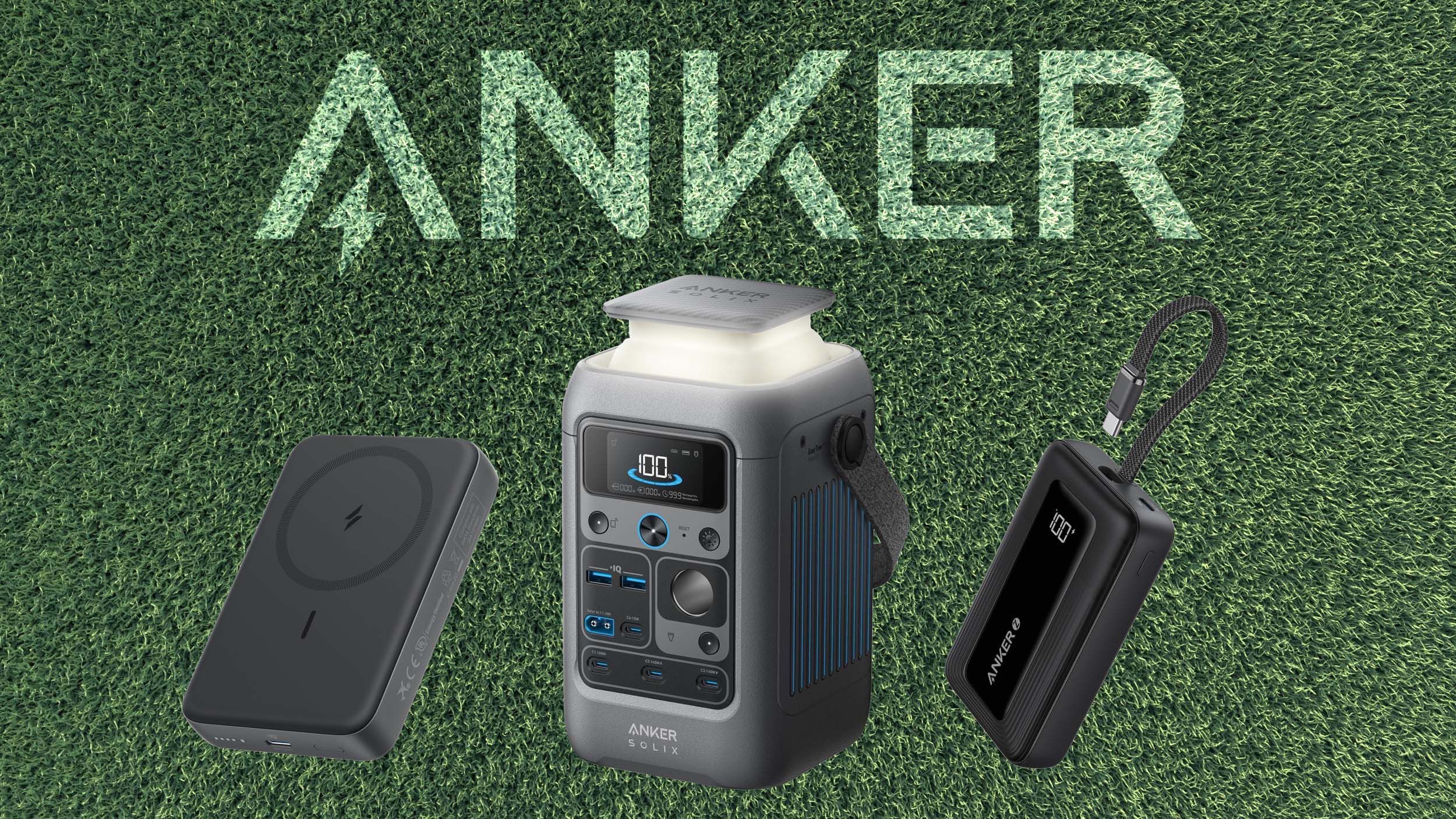Get the latest tech news
A Medical-History Museum Contends with Its Collection of Human Remains
Supporters saw the Mütter’s preserved fetuses, skulls, and “Soap Lady” as a celebration of human difference. New management saw an ethical and a political minefield.
One display case features the livers of Chang and Eng Bunker, conjoined twins who were widely exhibited as curiosities during the nineteenth century; in another is the corpse of a woman whose fat transformed after death in an unusual form of natural preservation called saponification. One otolaryngologist provided thousands of objects that he had extracted from patients’ throats and lungs: toys, coins, keys, and a medallion that read “Carry me for good luck.” Joseph Leidy, a paleontologist and an early enthusiast of forensics—he was reportedly the first person to help solve a murder using a microscope—was a prominent contributor. An article in the Times noted the “motley crowd” that gathered for her memorial service at the museum, which included “dignified-looking surgeons,” “Philadelphia society matrons,” and “a couple of sideshow impresarios.” The mourners sang “Babies in Jars,” a song composed to the tune of “My Favorite Things.”
Or read this on Hacker News
